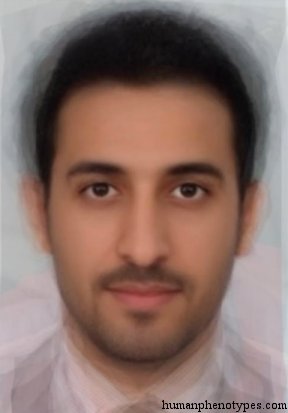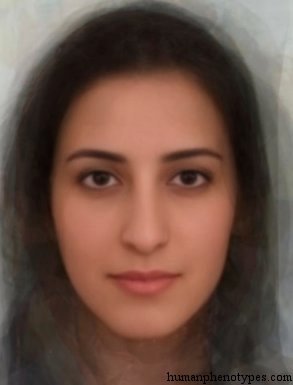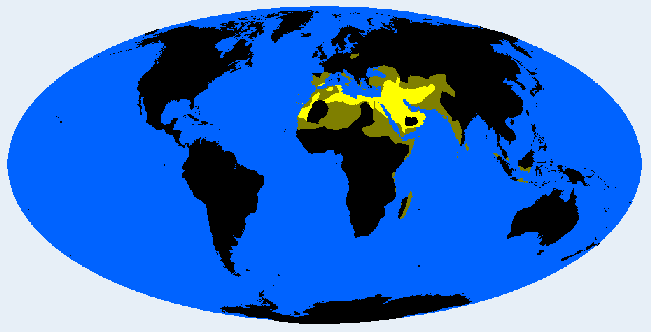Description:
Widespread Mediterranoid group, common in the desert and steppe regions from North Africa to South-West Asia. Similar to Mediterranid with long heads and dark hair, but darker skinned, with almond-shaped eyes, fuller lips, longer faces, long, mildly aquiline noses, and even leaner bodies. Probably developed after the ice age from early Mediterranid groups as an adaption to dry climate. The low-skulled Arabids are often regarded as the most typical variety. In Persia, a taller, high-skulled Iranid variety is found, in North Africa a similar Libyid. The Targids and Egyptids are in transition to Mediterranid, the Assyroids in transition to Armenoid. Tradesmen, conquerors, and migrants spread the type over many new regions in recent centuries, including North and East Africa, India, and Europe.Names:
Orientalid (Biasutti, 1941; Eickstedt, 1952; Vogel, 1974; Knussmann, 1996), Sud-Orientale (Vallois, 1968), Iraniana (Biasutti, 1967), Wüstenländisch (Clauß, 1934; Peters, 1940), Mediterranean (Hooton, 1946; Coon et al., 1950; Cole, 1965), Arabe (Deniker, 1889), Semite (Haddon, 1925).





